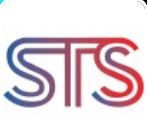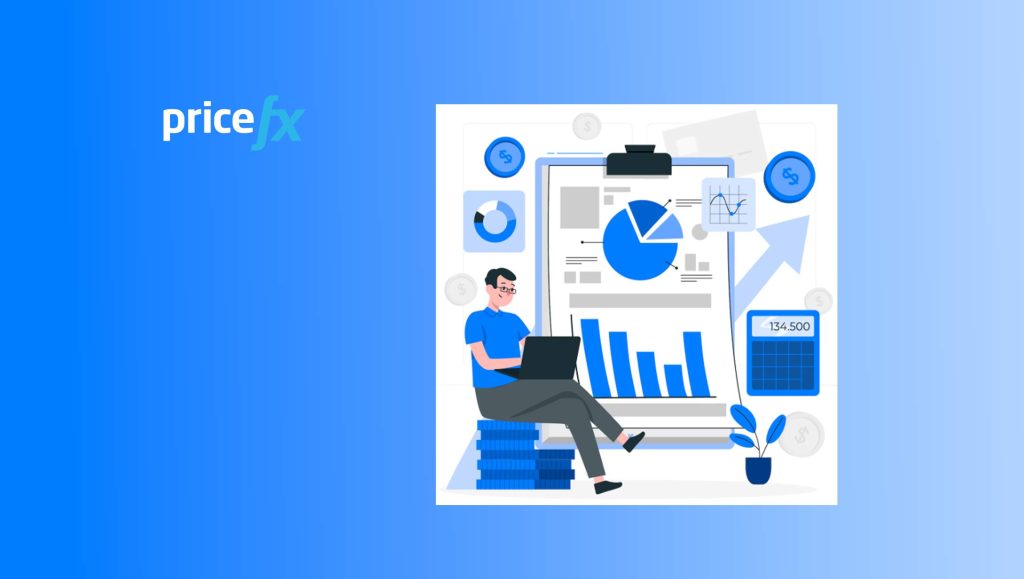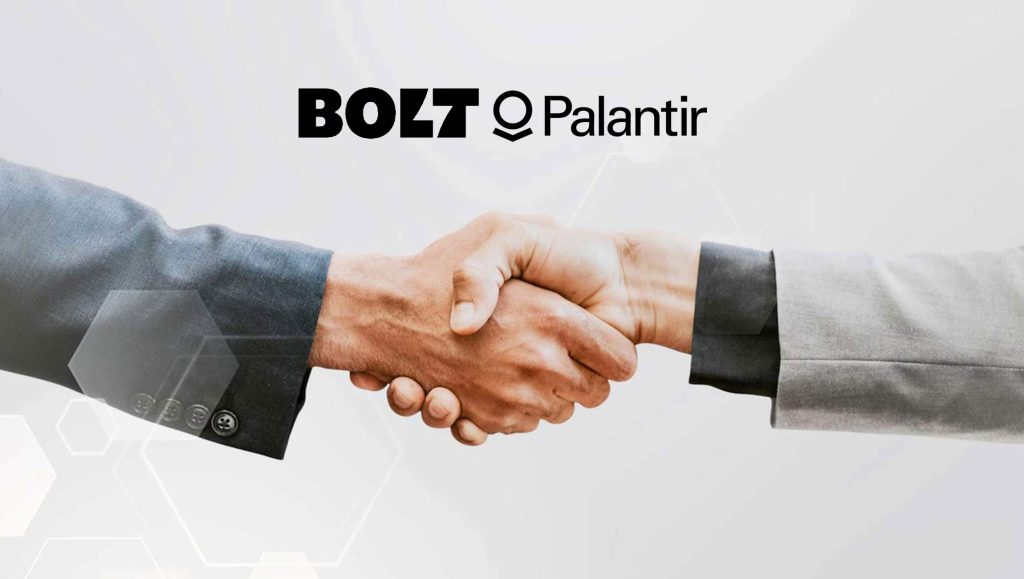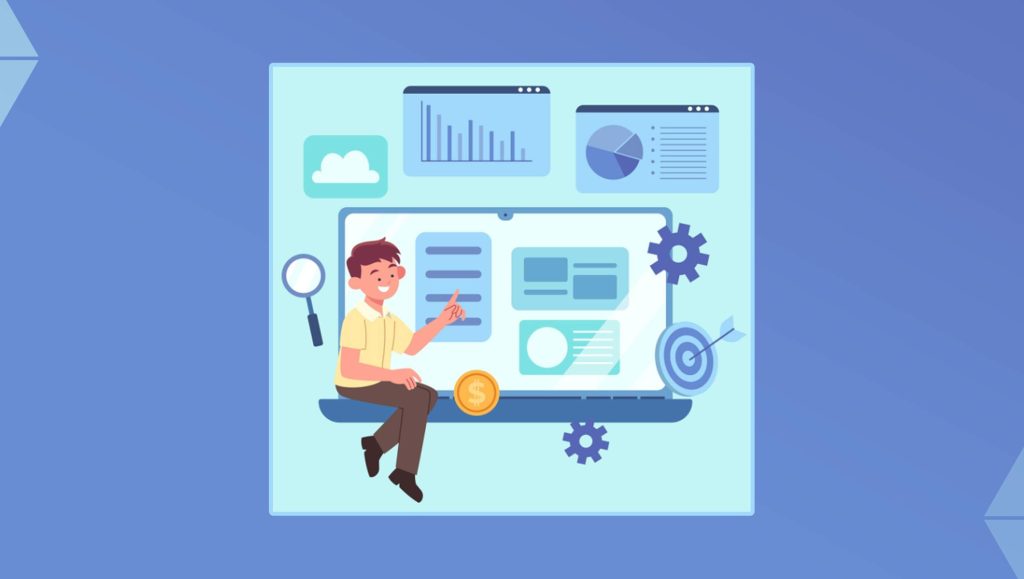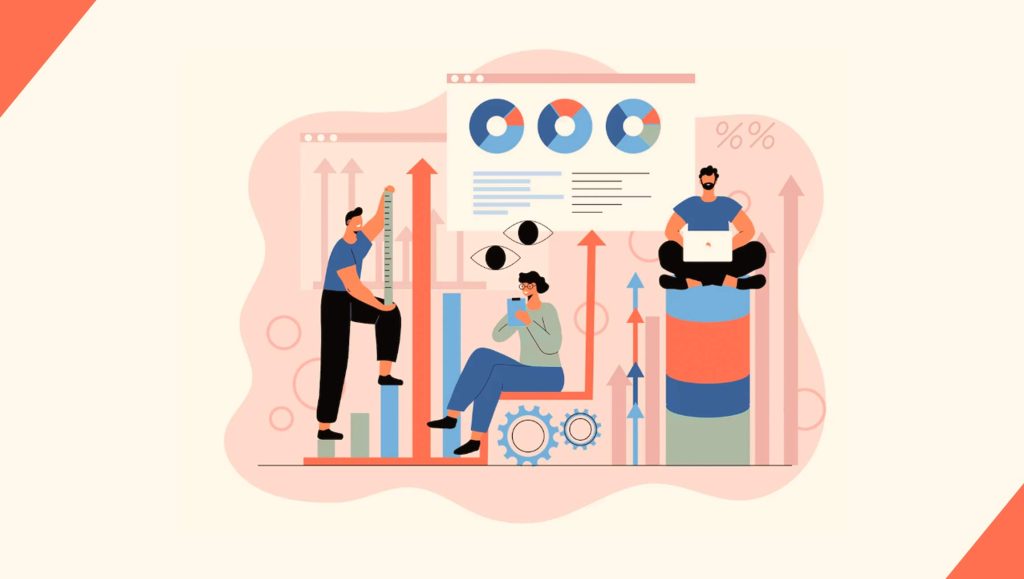The landscape of B2B sales and marketing has become more complex than ever. With the growing number of decision makers in the sales cycle, B2B marketers must craft specific content to satisfy the needs and preferences of each one of them. That’s where sales enablement content comes into picture. It not only plays a crucial role in attracting leads but also nurture them through the sales funnel by offering the right information at the right time.
That said, Sales enablement has become a critical driver of B2B sales success, equipping reps with the right content to engage prospects and close deals. Yet, despite companies investing heavily in sales enablement content, the reality is sobering:
- Only 10% of sales enablement content drives 50% of engagement.
- A staggering 65% of sales content goes unused.
- Sales reps spend nearly 30% of their time searching for content instead of selling.
So, what’s going wrong? Why do most sales enablement assets fail to make an impact? And more importantly—how can AI and data-driven insights turn sales enablement content into a high-performance revenue engine?
The Growing Importance of Sales Enablement in B2B Sales
B2B sales cycles are longer and more complex than ever, involving multiple stakeholders and extensive research before decision-making. Buyers demand:
- Relevant insights tailored to their industry and role.
- Data-backed proof points instead of generic marketing claims
- Self-service content for independent research
Sales enablement content bridges the gap between marketing and sales, providing reps with the right assets to guide buyers through the funnel. But the challenge is that most sales enablement content fails to deliver value where it matters most.
Read More: SalesTechStar Interview with Hayden Stafford, President & Chief Revenue Officer at Seismic
Why sales enablement content fails
Today, marketers have a magician up their sleeve – generative AI. Along with other sales enablement tasks, it also churns out general blog posts at a staggering rate. So, the traditional B2B content landscape once dominated by keyword focused strategies to garner organic traffic, is undergoing a seismic shift.
The over-reliance on keywords and SEO to generate B2B leads is showing signs of fatigue. As the digital space is overwhelmed with content lacking differentiation and personal connect. Such content saturation is diluting the impact of traditional content marketing methods, throwing challenges of brands to stand out and effectively reach their target audience.
Most sales enablement content goes unused because:
- The content is generic – one-size-fits-all: Modern buyers expect tailored messages, they are not interested in knowing the general features of the products, they want to know how your brand can solve their pain point against your competitors.
- Lack of integration in sales workflows: Using AI tools or otherwise, we are creating huge amounts of content, resulting in inaccessibility of relevant content when the reps need it the most.
- Content silos across teams: Different teams, such as marketing, sales, and operations create content independently, leading to disjointed messaging.
The result? Sales reps cannot utilize the content despite the presence of it. They waste time in searching for the relevant content, thus reducing their efficiency and productivity.
The evolution of sales enablement content
B2B content marketing has undergone tremendous transformation. From the days of well-crafted brochures and catchy taglines to a deluge of digital content, the journey of B2B content marketing is nothing short of a roller coaster ride. But do you know as digital content become more accessible, its impact has started to dilute. Today, every B2B marketer has a digital presence, every company posts blogs, articles, and shares stories. The result? A saturated market where it is challenging to stand out.
To respond to this challenge, sales enablement content emerges as a beacon of hope. It is a strategic shift from creation content for the sake of creating to content that truly enable sales. Sales enablement content goes beyond the one-size-fits-all approach to a more specific, nuanced, and targeted strategy. Sales enablement content is designed carefully not just to inform, but to facilitate a buyer’s journey. The content guides them from awareness to decision-making with content that not only converts but resonates with the audience on a deeper level.
Some of the sales enablement content that you must target in response to the changing times are case studies, product data sheets, FAQs, competitor analysis, white papers, E-books, and natural email templates.
The future – sales enablement content
Sales enablement content is not new, but with the help of AI and data, it is taking a whole new meaning in the B2B selling landscape. It is time to think beyond; sales enablement is not just a tool in a sales person’s toolkit, it is a magical wand to cast specific spell on the audience. Sales enablement content is not just for sales teams, it is a strategic, conversion-centric powerhouse in your content marketing arsenal. Sales enablement content is all about creating content that propels and delivering the right type of content at the crucial moment.
So, with sales enablement content you are not casting a wide net, you are targeting each prospects with a timely content delivery.
Read More: The Role of AI in Complex B2B Sales Cycles

